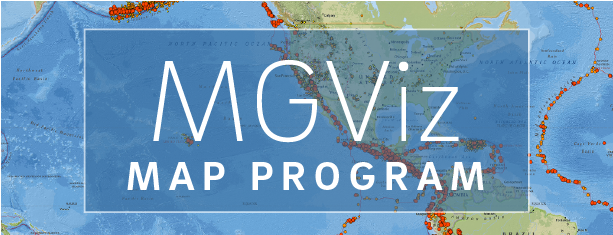CRTN Disclaimer and Usage Guidelines
Due to the large set of projects supported by CRTN and the limited resources available for maintenance, it is unrealistic to utilize the network in an uncontrolled manner. In order to continue to support and protect good science, education and outreach, it is critical that connected collaborators understand that CRTN's resources are limited, and are careful about the load they impose on the network, as well as onto the (rather small) support staff. CRTN users must follow the usage conditions listed below. If the usage conditions are changed, we will make an attempt to inform CRTN users; however, it is the user's responsibility to periodically read this agreement.
Any opinions, findings and conclusions, or recommendations expressed on the CRTN web page are those of SOPAC and do not necessarily reflect the views of any other organization.
CRTN is administered by the CRTN Consortium and the CSRC Executive Committee under the UCSD umbrella.
CRTN is a collaborative community effort, and not a generic pay for service.
Funding is obtained through several tiers of Consortium Membership and Gifts.
Single-port access to CRTN data is openly available and free of charge—users must request an NTRIP username and password through the Survey Monkey page.
UCSD offers no guarantees regarding network services, and reserves the right to limit or discontinue connectivity should the network be used in violation of the usage conditions.
UCSD accepts no liability or responsibility for the use of data and data products for any purpose.
Users commit to using CRTN bandwidth efficiently in a non-wasteful way (i.e., taking any reasonable steps to minimize unnecessary bandwidth use). Data and data products are intended to be disseminated through burst observations through individual data ports. Continuous (24/7) data retrieval from the network or a subset of the network is not acceptable. Requests for such access require prior permission from the CSRC Director.
CRTN users are strongly encouraged to from time to time provide text and images for short updates on the CRTN web site. Please contact the CSRC Director if you would like to submit such materials.
SOPAC monitors traffic for research and outreach purposes, and usage details may become publicly available.
If you use CRTN, your derivative publications or other information materials must make a credit reference to the CRTN project at the University of California, San Diego (Minimum credit line).
CRTN is a clearinghouse of high-rate (1 sample per second - sps) real-time (1 second latency) data obtained from multiple servers, at UNAVCO (NOTA), UC Berkeley/USGS Menlo Park (BARD), USGS Pasadena (SCIGN-USGS), Caltrans (CTSRN), Orange County Public Works (OCRTN), and SOPAC (SCIGN-SOPAC). SCIGN-SOPAC and some PBO stations in southern California are supported by a dedicated communications network HPWREN.
Since 2003, we have provided 1 sps RTCM 3.0 data in NTRIP protocol. The RTCM streams contain CSRS Epoch 2017.50 (NAD83) coordinates and station metadata (antenna and receivers models, antenna height and antenna reference point). As of August 2023, there are more than 700 stations available (http://sopac-csrc.ucsd.edu/index.php/crtn-stationlist/), with 399 stations streaming GPS+GLONASS data and 55 stations transmitting a full set of GNSS data, with about 3000 registered users.
In February 2018, the CSRC published a new geodetic datum for California called “CSRS Epoch 2017.50 (NAD83)” under a Caltrans contract to SIO/SOPAC. The new epoch-date coordinates have been embedded in the RTCM 3.0 data streams since March 1, 2018.
June 16: The CSRC 2017.50 map is now accessible via QR code. Use the QR code below. (If needed, instructions are available here.)



